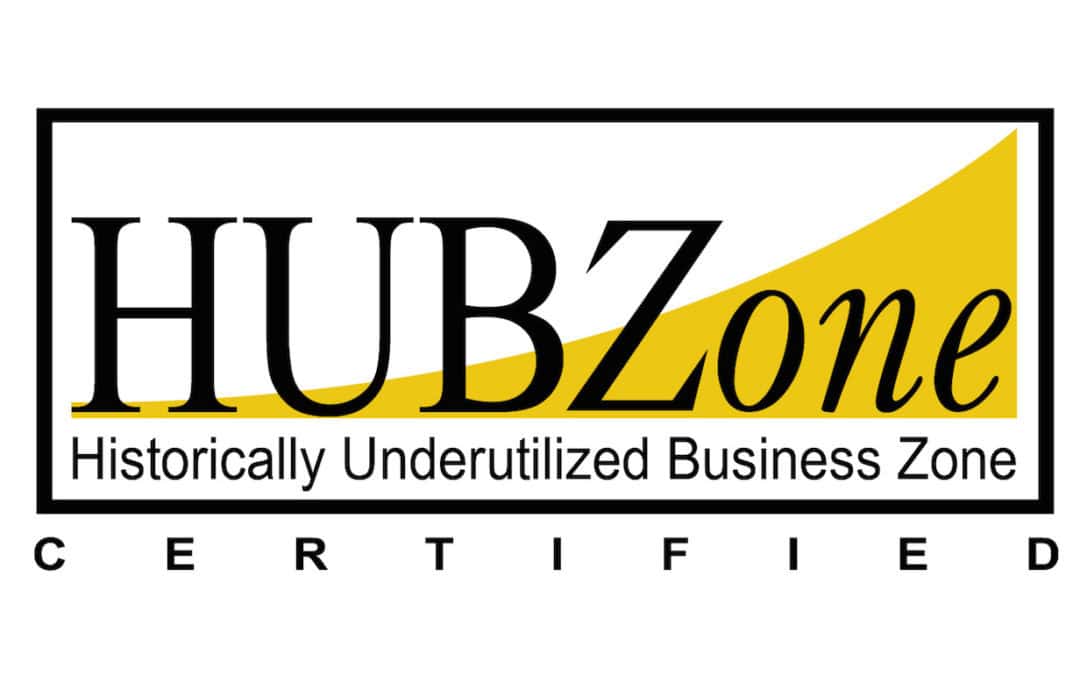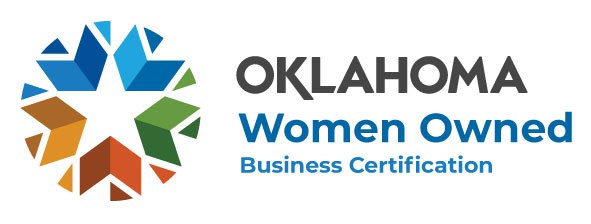Collaboration and Privacy: Where Two Workplaces Meet

In today’s workplace, it is becoming increasingly important for employees to be able to create their own personal spaces and maintain privacy. This is especially true in open-concept offices and other workspaces where coworkers may be in close proximity to others and their workplace furniture. Fortunately, there are many ways that employers and employees can […]
High Touch Surfaces: What Are They and How Do You Clean Them

As we enter the season of sneezes, we need to ensure safety for all who walk through our doors. In general, there are four main ways of classifying surfaces in your workplace: Each one has different implications for the products you use to clean them and the way you go about cleaning them yourself, but […]


